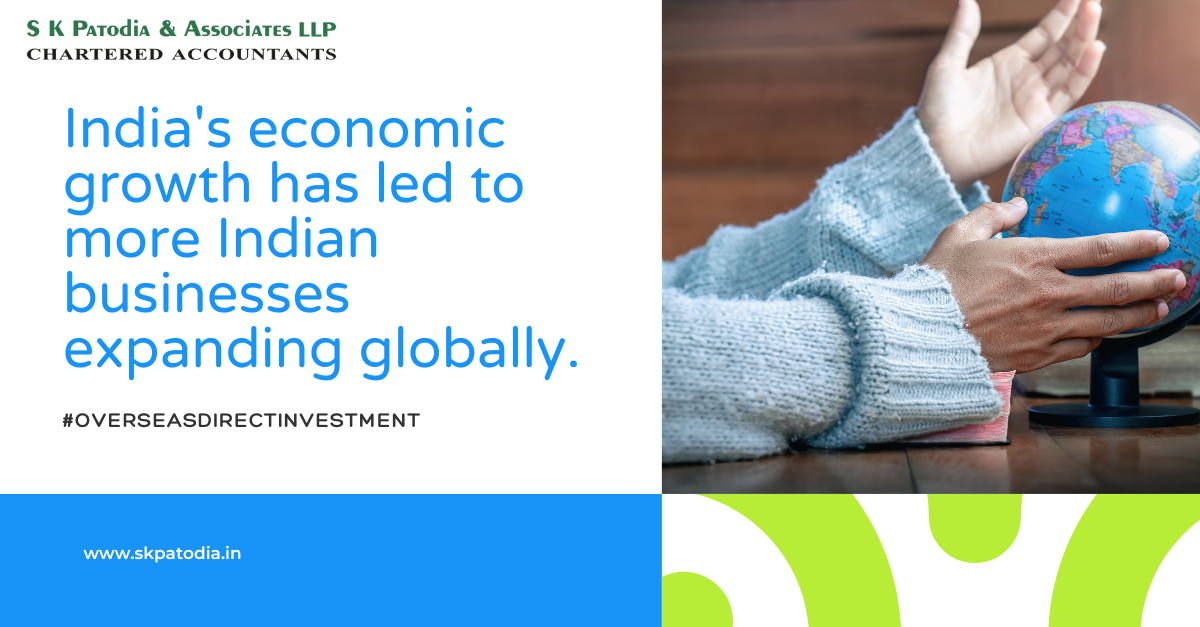The challenges and conflicts of the 21st century must be solved through the cooperation of many nations. BRICS has a key role to play in this landscape. BRICS – A new global order.
BRICS is one of the most important institutions in the multipolar system that will become the world order of the 21st century. The BRICS nations – Brazil, Russia, India, China and South Africa – account for 42 percent of the world’s population and 32 percent of the world economy. BRICS brings a new dynamic to the international landscape and strengthens developing countries in a world order that until recently was dominated by the United States and other Western countries. BRICS took its current form in 2010 when South Africa was admitted as a full member. It was created in the unipolar moment after the Cold War, when the United States alone ruled the world. Seeing the BRICS countries as a reaction to the US military’s unilateral campaigns in Iraq and elsewhere, more importantly, can be seen as a response to Western economic dominance and Western resistance to reforming the World Bank and other financial institutions under its control. BRICS represents a powerful force that aims to balance a world that, in the words of Indian Foreign Minister Jaishankar, “leaves too many countries at the mercy of too few”.
Together with the G20, the Belt and Road Initiative, the Shanghai Cooperation Organization, the Asian Infrastructure Investment Bank and other elements, BRICS is part of a wider framework that reflects the 21st century world, a multipolar world where all critical issues such as the environment . , climate, terrorism, regional wars, economic development and pandemics require international cooperation. Together, these institutions reflect the needs of a rapidly changing world and respond to the very slow reforms of the UN and global financial institutions. While we need a world order led by the UN, the UN is largely sidelined with the most critical global problems. It is stuck in 78-year-old paradigms. No major UN institution is headquartered in East and South Asia, home to half of humanity. Even their employees are mostly westerners. BRICS began with a vision of creating a fairer world order with adequate representation of the global South. In the early days, the focus was on promoting economic growth, but very quickly the topics covered expanded to include security, health, education, environment, counter-terrorism and many others.
Since last year, the world has seen a strong movement from the Global South to create an alternative to the US dollar as a global currency, and the BRICS have been at the forefront of promoting the idea of dismantling the world dollar.
In 2015, BRICS established a new development bank headquartered in Shanghai. Dilma Rousseff, former president of Brazil, is the current president. Together with the Asian Infrastructure Investment Bank, it forms a complement to the dominant Western banks and a different story.
BRICS can give the impression of an artificial group because the BRICS countries have little in common representing different versions of human civilization with different political systems. They are located on four different continents. Economically, China is much bigger than others. They were united by the desire for a more just world order in which the southern voice would be stronger. BRICS has shown remarkable resilience and sustained momentum. The 15th BRICS summit will be held in Johannesburg, South Africa from 22-24. August.
Interestingly, BRICS did not develop as an anti-Western platform, but rather as a forum where members seek freedom and autonomy of thought and action. It also serves as an intellectual center for discussions and dialogues outside of Western-dominated spheres. BRICS is meeting at a time when the Ukrainian crisis is at the top of the global agenda. None of the BRICS countries have joined the Western-led sanctions against Russia but they all support the territorial integrity of Ukraine. The BRICS countries are the most likely candidates to act as peacekeepers if a negotiated solution to the conflict is reached.
The subject of the expansion of the group is in the center of attention at the summit. All BRICS countries seem to be open in principle to adding members. Recently, South Africa’s minister of international relations and cooperation, Naledi Pandor, said that 23 countries have officially applied to join BRICS. These include such incredibly important developing countries as Indonesia, Argentina, Egypt, Mexico, Vietnam and many others. Indeed, a particular game changer would be the Kingdom of Saudi Arabia. The country would increase the financial resources of the BRICS countries. In addition, the new world order would be strongly emphasized if a traditional ally of the United States, such as Saudi Arabia, joined the BRICS countries.
An interesting area for even a stronger BRICS footprint is the environment. A few years ago I attended the meeting of BRICS environment ministers in Tianjin. This forum plays an important role in promoting environmental cooperation among the BRICS countries. Indian Prime Minister Narendra Modi recently proposed that the BRICS countries work together to promote the global development of a green rail system. BRICS members are in fact the world leaders in green development. China alone accounts for 60 to 80 percent of the world’s production of solar, wind, hydro, electric cars and high-speed trains. Brazilian President Luiz Inacio Lula da Silva recently put Brazil at the forefront of protecting the Amazon, reducing deforestation to its lowest level in seven years in just six months. India will soon be the second largest solar power plant in the world after China and is launching green plans every day.
American foreign policy expert Richard Haass, looking back on American foreign policy after the Cold War, said that it was “destroyed” mainly because of America’s desire to dominate the world and its indifference to others.



